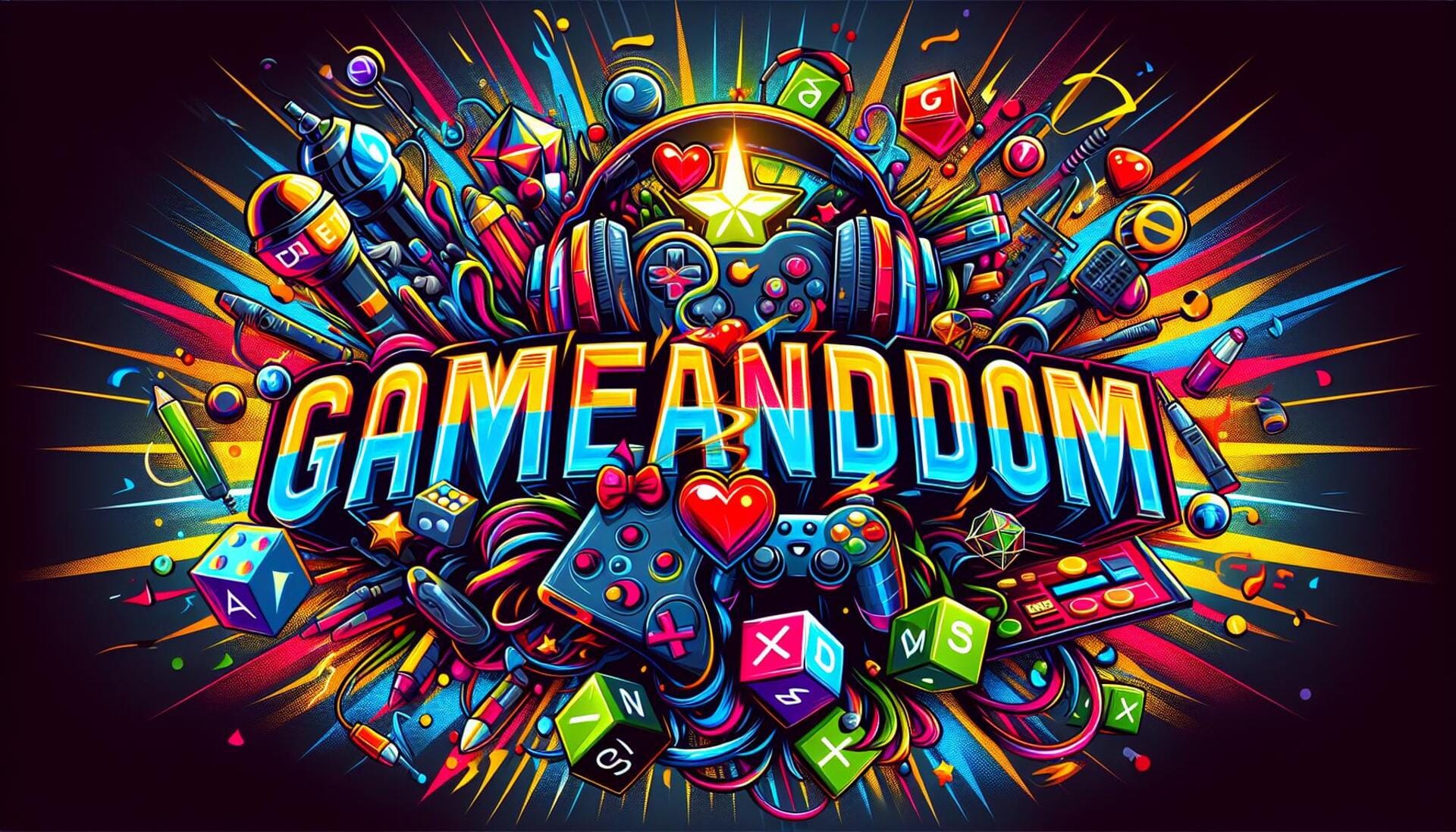
The evolution of game marketing strategies
The Evolution of Game Marketing Strategies
In the fast-paced world of gaming, marketing strategies have undergone significant transformations over the years. As technology evolves and player preferences change, marketers in the gaming industry must stay ahead of the curve. This article explores the evolution of game marketing strategies, highlighting key developments, benefits, and practical tips for effective promotion in today’s digital landscape.
The Early Days: Traditional Marketing Tactics
In the early years of gaming, marketing strategies were relatively straightforward and primarily relied on traditional methods. Here are some of the common approaches:
- Print Advertising: Magazines and newspapers served as primary channels for reaching potential gamers.
- Television Commercials: Advertisements aired during prime time showcased game teasers and features.
- In-store Promotions: Retailers offered demos and gaming events to attract players into stores.
The Rise of the Internet: Digital Marketing Strategies
As the internet began to take over, marketers recognized the potential for broader reach and targeted advertising. The following strategies emerged during this digital transformation:
1. Social Media Marketing
Platforms like Facebook, Twitter, and Instagram became vital for connecting with gamers directly. Brands could share content, engage with fans, and build communities around their games.
2. Influencer Marketing
Content creators and streamers gained significant influence over gaming audiences. Companies began collaborating with popular gamers to reach niche audiences effectively.
3. Email Marketing
Building an email list allowed gaming companies to communicate directly with potential customers through newsletters, special offers, and updates.
Modern Game Marketing: Innovations and Trends
Today, game marketing strategies are more sophisticated than ever, driven by advances in technology and data analytics. Here are some key innovations:
1. Data-Driven Marketing
Mining data from player behavior and preferences helps marketers tailor campaigns to specific demographics, ensuring higher conversion rates.
2. Content Marketing
Creating valuable content, such as blogs, videos, and podcasts, has become essential for building authentic relationships with gamers.
3. Mobile Marketing
With mobile gaming on the rise, target audiences can be reached through app-based advertising, push notifications, and mobile-optimized websites.
4. VR and AR Experiences
Virtual and augmented reality experiences are being used in marketing to create immersive interactions that engage gamers like never before.
Benefits of Evolving Marketing Strategies
Adopting modern game marketing strategies offers numerous benefits:
- Increased reach to diverse audiences through various platforms.
- Stronger community engagement and brand loyalty.
- Enhanced insights into player behavior and preferences, leading to better-targeted campaigns.
- Improved ROI through cost-effective digital marketing channels.
Practical Tips for Effective Game Marketing
Here are some practical tips to enhance your game marketing strategies:
- Utilize Analytics: Track user engagement and conversion metrics to refine campaigns and increase effectiveness.
- Create Shareable Content: Design content that is entertaining and informative, encouraging players to share it with their networks.
- Engage with Your Community: Foster a sense of belonging by responding to player feedback, hosting events, and creating forums for players to connect.
- Stay Updated on Trends: Keep an eye on industry developments and player preferences to adapt strategies promptly.
Case Studies: Successful Game Marketing Campaigns
Examining successful campaigns can provide valuable insights into effective marketing strategies:
1. Fortnite
Epic Games utilized cross-promotional events and real-time updates to engage players constantly. Their collaboration with popular franchises (Marvel, Star Wars) led to massive boosts in player engagement.
2. Pokemon GO
The launch strategy involved an innovative use of AR technology, combined with community events that drove player interaction and word-of-mouth marketing.
First-Hand Experience: Crafting a Game Marketing Strategy
In my experience working with a small indie game studio, we applied a blend of traditional and digital strategies that yielded positive results:
- We began with a small budget for social media ads, focusing on platforms like Instagram to showcase game visuals.
- We collaborated with Twitch streamers to host live gameplay sessions, which attracted a dedicated audience.
- Launching a blog around our game’s thematic elements allowed us to drive organic traffic through SEO-optimized content.
Through these efforts, we gained a considerable player base within a few months, proving the importance of diverse marketing tactics.
Conclusion
The landscape of game marketing strategies has dramatically evolved over the years, moving from traditional methods to innovative digital techniques. By leveraging data, understanding player behavior, and staying attuned to technological advancements, marketers can craft successful campaigns that resonate with gamers. Whether you are a big-name studio or an indie developer, adapting your marketing strategies to meet contemporary demands is vital for engaging today’s gaming communities.





